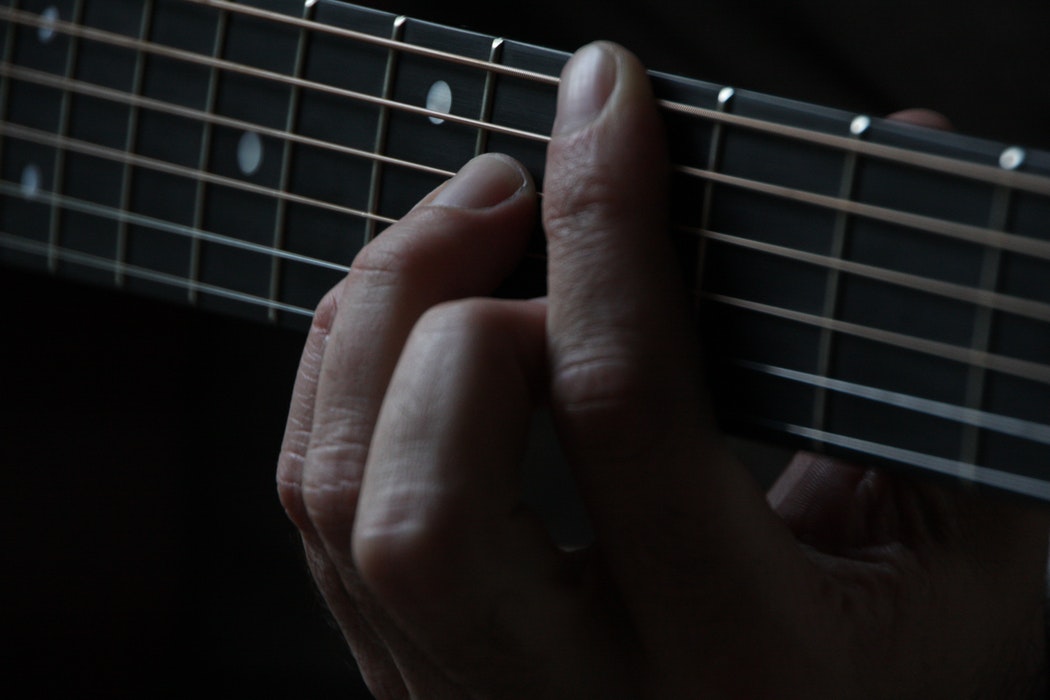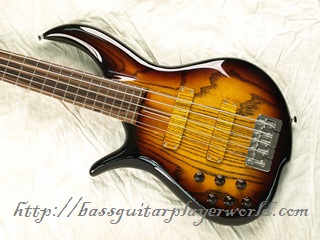

You will be surprised how quickly your ears grow. Progress may come slowly at first, but stick with it and practice ear training daily.

Choose a few common intervals (M2, M3, P4, P5, Octave) to start, then add new intervals one at a time. When learning to hear both ascending and descending intervals, start slow. Choose a song that you know for each interval in the list. Aim to eventually recognize intervals without these songs. Like with any skill, start slowly and patiently progress to more advanced ear training skills such as harmonic intervals, chords, chord progressions, and note recognition.Ī common way to recognize intervals is to compare them to the first few notes of a familiar song. Another way to begin training your ears is to practice interval recognition. Simply listening to music is an excellent way to train your ears. Improve your music theory guitar skills now using online guitar lessons.Ear training is one of the best ways to develop your musicianship.

To further understand this, check out this guitar solo lesson and the video within that discusses several concepts about note function, note choices and how they affect guitar phrasing. After you learn about what a V chord is in music theory (for example), the next step is learning to hear and identify it in music whenever it occurs and to hear its resolution tendencies (and then proceed to learn about the other chords' functions and sound). Learn what all of these specific sounds are (this takes ear training) and you will then be able to use these tools in your guitar playing style regardless of what key or musical context you are playing in. For instance, the 3rd of a minor triad sounds the same (has the same feeling) regardless of whether the triad is D minor A minor Bb minor etc… The same is for all other scale degrees. For example, after you learn about scale degrees in music theory, the next step is to learn how each scale degree sounds (functions) and what feeling it evokes in music.
#EAR PRACTICE GUITAR HOW TO#
This will help you to know how to practice guitar and apply theory at the same time. Tom Hess's Answer: The best place for you start is by learning how all of the music theory guitar concepts you know sound in actual music. My question is, what are some specific things I need to do in order to harmonize my aural skills with music theory so I can understand things like: "Why certain notes sound like something in one musical context, and how those same notes may sound different in another." I would greatly appreciate any input you may have on this. Generally I learn songs by ear copying note for note, but when I try to mirror the emotional feeling through my own style, I get lost. I dream of being able to listen and recreate anything that I play in my head. I try to put the two together, but I have difficulties with doing so. I also understand that my music theory guitar knowledge must go beyond "information". I understand the importance of guitar ear training. 15-20 minutes a day is usually enough for most people. Practice every day Your ear training session doesnt need to be very long. However, I hit plateaus and I start to feel overwhelmed with the information and applications needed to reach advanced levels. Once you get used to the notes that you can sing, you can gradually expand your pitch practice range. I am passionate and intensely committed to reaching my musical goals. Question: Hi Tom Hess, I'm 19 years old and I have been playing guitar for almost 2 years now.


 0 kommentar(er)
0 kommentar(er)
